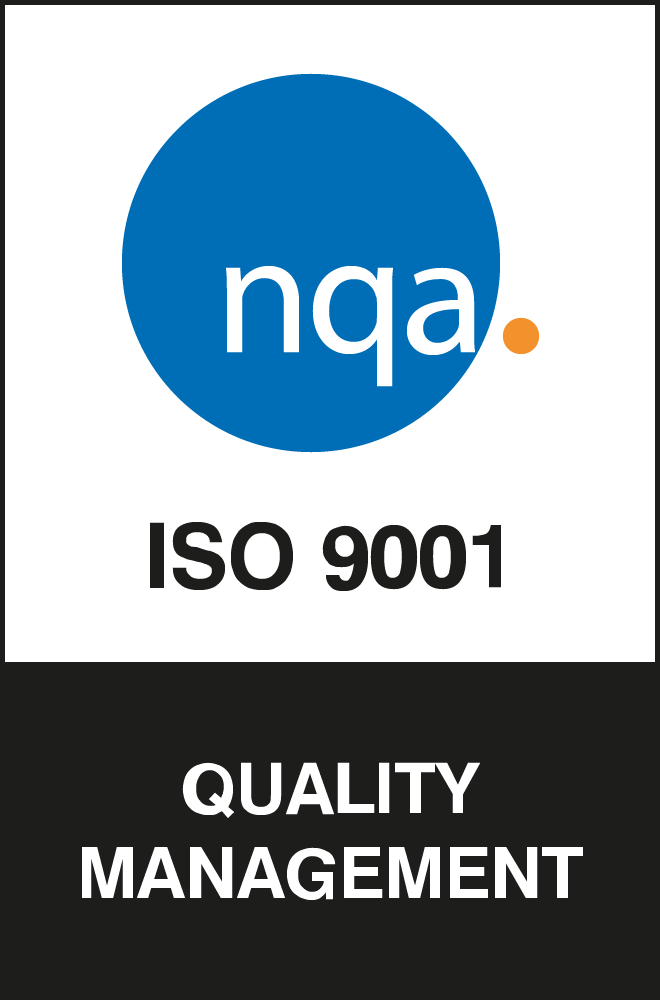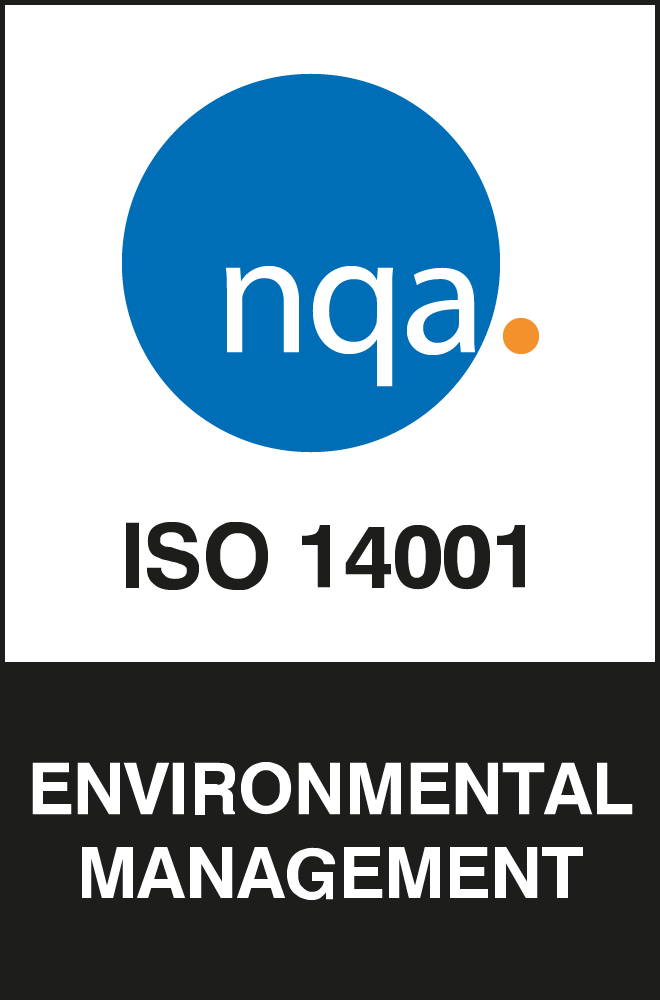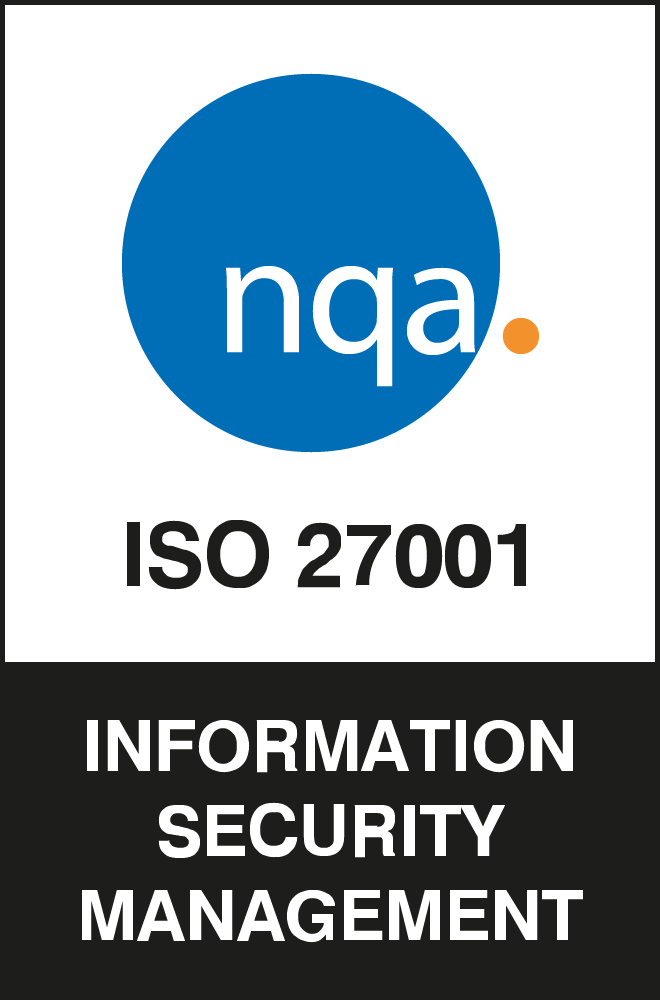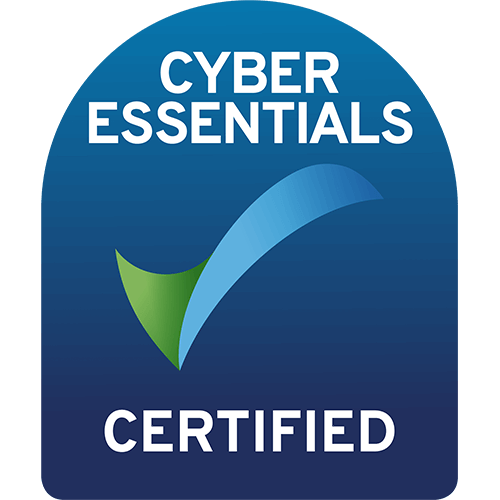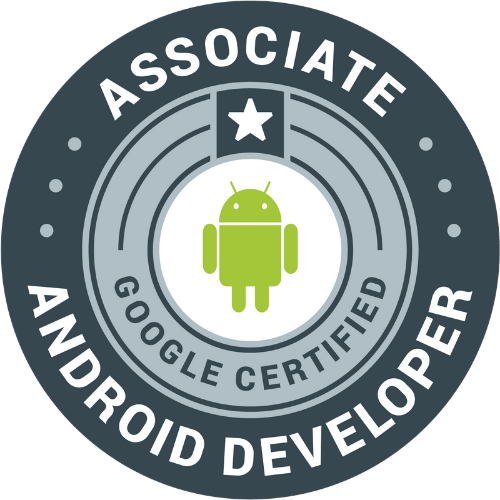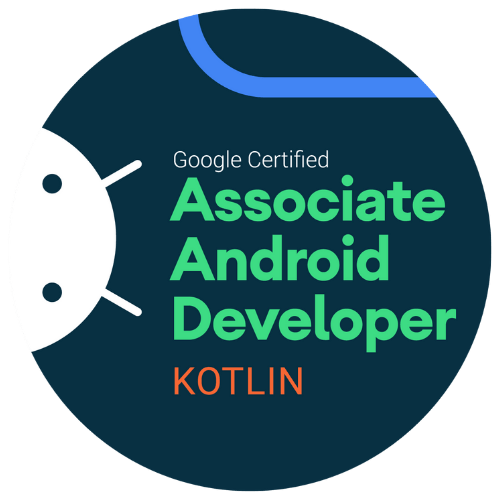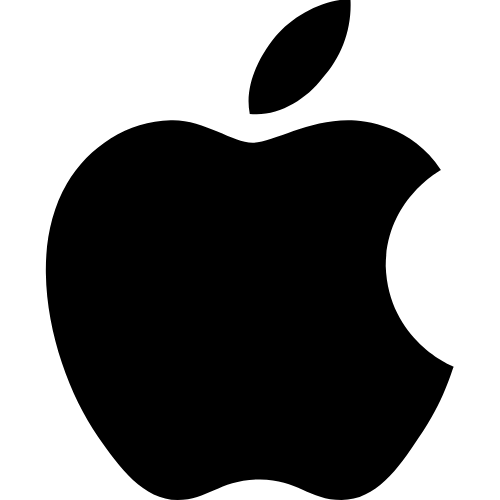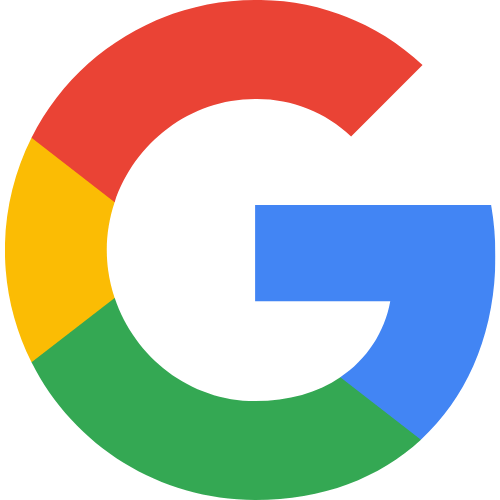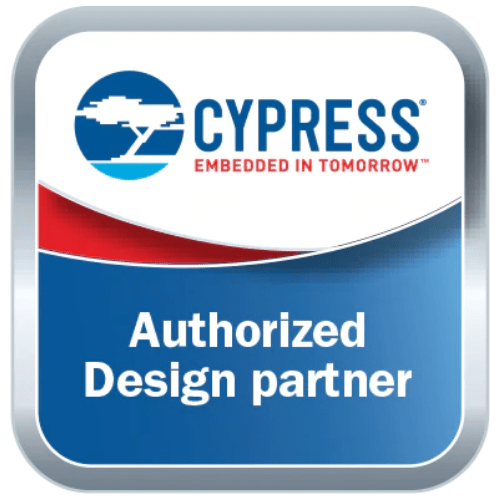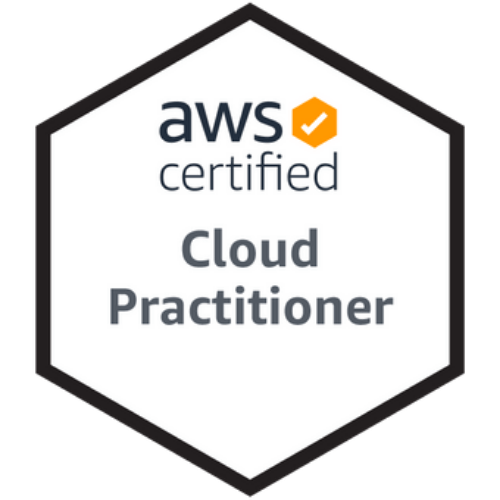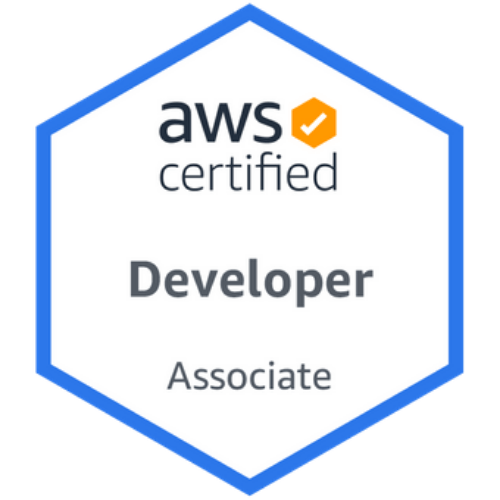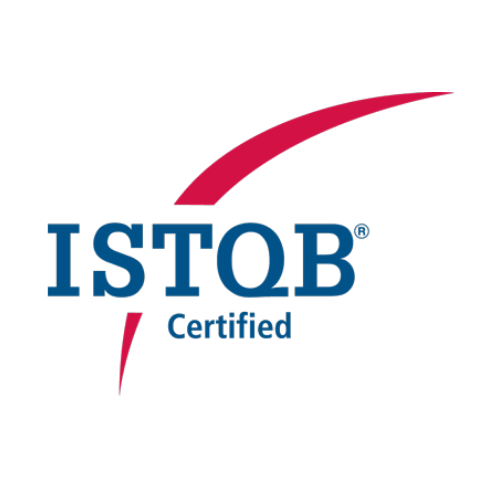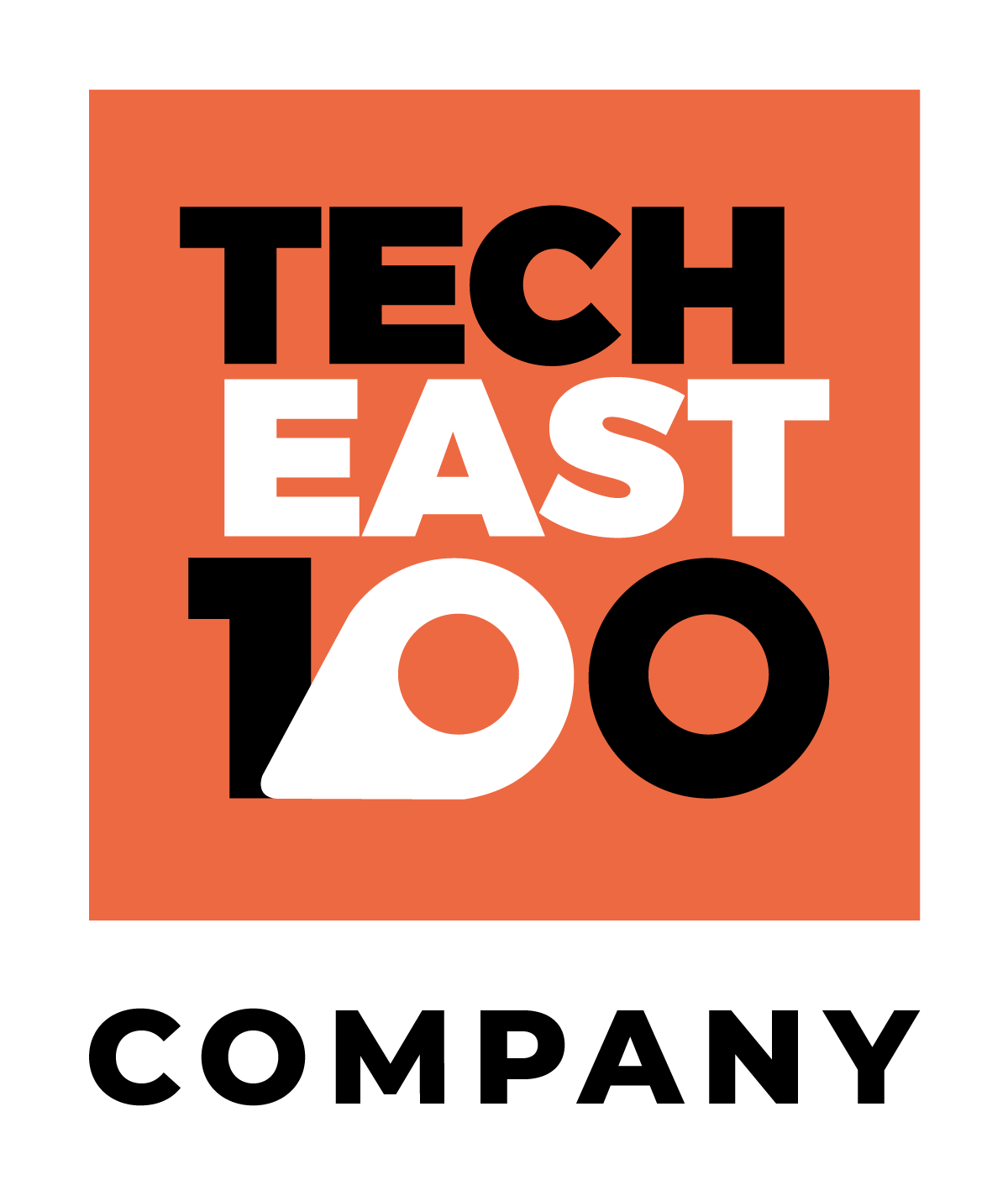As a business owner, you have an amazing business plan, product and service you want to share with the world. Your online market has grown by 321 million people in 2020 alone, an increase of 7.1% over Q3 2019, according to datareportal.com.
You’re probably wondering the best way to get your business out to the world.
When it comes to web or app development for your business, there’s a tendency to mire yourself in the technical terms being thrown around. We’re going to dispel some of the anxiety that goes along with complex industries like app development by informing you in an easy-to-understand way.
By the end of this article, you’ll know what the best frameworks for app development are, as of this writing. You’ll also likely know what to ask your developers and how to understand their answers.
Ready to know more? Keep scrolling.
What is a framework?
First, before knowing the best frameworks for different purposes, we should know what a framework is. A lot of people confuse frameworks with languages like HTML5, CSS3, Javascript, Python and Java.
When someone says something like “we’ve used Bootstrap for this project,” they aren’t talking about programming languages, per se. Rather, they’re talking about the framework of the languages they’re using.
Every language has a library of terms it uses to carry out a given task. A framework is a predefined list of commonly used solutions for completing that task. An example might be a thumbs up or thumbs down button being added to a media player to indicate a user’s preferences.
It allows a developer to use pre-formatted code instead of using purpose-written code every time. There are use cases for both purpose-written code and frameworks in different situations. Working without frameworks is like a carpenter that makes their own tools before starting on making a chair. Then, they throw out their tools at the end of the job.
A framework is similar to a carpenter working in a workshop that’s fully stocked with tools. He’s able to make any wooden product he desires.
With JavaScript, this means frameworks like React and Vue being like a CNC machine shop and a carpenter shop. A worker needs different tools for working with metals than working with wood. JavaScript can do both jobs but the developer has to choose the environment it will work inside of best for each project.
What are the different types of apps?
By the end of 2019 it’s estimated by the Hosting Tribunal that of all people with internet access, 90% have mobile internet access.
That means that most people are accessing internet-based services through native apps, hybrid apps, or web apps. Native apps are apps they download onto their mobile device and store app data locally. Hybrid apps are, as the name suggests, downloadable apps locally held and stored on the mobile device.
Where hybrid apps are a little different is that it’s essentially a website or web app being run natively on your device.
What is a web app? Web apps were first pioneered by the likes of Facebook, Twitter and Pinterest, for example. While web apps have traditionally been of limited support, it’s now believed that more people access the internet through a mobile device than on a computer.
This change in people’s internet and app usage is causing a change in the accessibility of web apps into full-fledged services. Devices are now powerful enough, internet speeds robust enough and mobile development mature enough to finally cash in on more powerful web app functionality.
While native apps tend to reach a wider audience and hybrid apps are easy and fast to build, a lot of apps including web apps have the potential to offload user data and processing to the server. This means that even older devices can have a “new” device functionality. It also means that there is no bias between desktop or mobile users—the two can have the same experience with the same functionality.
The downside is that the performance of web apps depends on browser compatibility and connection stability and speed.
The current state of technology means that a multi-pronged approach is often best. This is why Facebook has a mobile-optimized site, a desktop site and an app. You see this with many email providers as well, such as with Gmail and Outlook.
What are the best frameworks for mobile app development?
Because having an app for mobile has such a large reach, despite different operating systems, mobile app development for phones and tablets isn’t going away any time soon. Many frameworks are used by developers to build these apps and, fortunately, we have a list of some of the best frameworks for mobile app development currently available.
Each of the different app categories such as gaming, entertainment, utility, educational, business and so on have different frameworks to approach building them from different angles.
Many native Android apps are developed with frameworks based on C++, Java, J2ObjC or Kotlin languages. iOS is getting a lot of traction with its latest language for app development called Swift. It’s important to remember too that different frameworks can be added together to extend the capabilities of languages.
Because every framework has its own best use-case, instead of saying which one is absolutely the best, we’re going to list them in no particular order.
Kotlin Multiplatform
Kotlin Multiplatform is an experimental language feature that allows you to run Kotlin in JavaScript, iOS, Android and other native desktop applications. The benefit of using this language is that it’s possible to share code between all these targets, reducing the amount of time required for development.
Kotlin Multiplatform Mobile also allows you to use a single codebase for the business logic of iOS and Android apps. This means that developers only need to write platform-specific code where it’s necessary, for example to implement a native UI or when working with platform-specific APIs.
J2ObjC
J2ObjC is an open source framework tool developed by Google that translates Java source code to Objective-C for the iOS (iPhone/iPad) platform. Google uses J2ObjC for a number of their own applications.
This open-source command-line coding tool enables Java source to be part of an iOS application’s build, as no editing of the generated files is necessary.
The goal is to write an app’s non-UI code (such as application logic and data models) in Java, which is then shared by web apps (using GWT), Android apps, and iOS apps.
J2ObjC supports most Java language and runtime features required by client-side application developers, including exceptions, inner and anonymous classes, generic types, threads and reflection. JUnit test translation and execution is also supported.
Google uses J2ObjC for a number of their own applications.
React Native
React Native is one of the most popular solutions for native mobile app development. Because of its wide use and acceptance as a general-purpose framework, it’s well-known among developers for building native apps. Sometimes a mobile development framework that will only be used once isn’t preferred because of the steep learning curve of getting to know how a framework is built.
React Native is often used as a cross platform mobile app solution, making apps for iOS and Android.
Because it is well-understood in the development community, it tends to have short development cycles with quick deployment. More complex programming languages are not necessary because of React Native’s JSX functionality.
To sum up, it’s efficiency, use of JavaScript and general-purpose nature make it an excellent development framework.
Mobile Angular UI
Mobile Angular UI is open source with a focus on building an optimal UI/UX experience. For web apps or native apps, Mobile Angular UI handles per-browser JavaScript optimization.
It is also used to build great experiences with sidebars, switches and overlays, such as on photo tiles. Another use-case would be for floating vertical or horizontal navigation schemes. Another great bonus is that it doesn’t have jQuery dependencies.
Because of its heavy focus on UI/UX, it’s an excellent choice for any cross-platform efforts to create consistency across products.
Flutter
Flutter is Google’s entry into software dev kits for both native apps and web apps. It’s a cross-platform development framework that can reduce development cycles and keep high synchronicity between user experience across web and native app environments and operating systems.
Flutter is a little unique in that it’s based on Dart, an object-oriented programming language like JavaScript.
It has a flexible user interface and provides a lean code for cross-platform performance.
Ionic
Ionic is another cross-platform development framework, for Android, iOS and even Windows apps. The Ionic framework was built on the work of other frameworks Angular and Cordova (formerly known as PhoneGap). Ionic has excellent UI elements for navigation menus, filters and forms. This speeds up the development of the core of an app, rather than focusing on user interface elements.
It’s easy to use, built on Angular and has a built-in command-line interface. Another bonus is that it is open-source.
Xamarin
Also open source, Microsoft acquired this cross-platform framework. Xamarin has been getting a lot of attention lately, though it’s fairly new. Java and Swift knowledge is unnecessary because Xamarin uses C#, which is quite a common language among development teams.
Xamarin is unique in that it can develop for every platform with great API integration and access natively. It also has a massive developer following. C# is one of the most loved and least dreaded languages on Stack Overflow’s 2020 survey of over 65,000 developers.
It’s used for absolutely every development environment one can imagine, with hardly any complaints.
What are the best frameworks for web development?
Web development is a slightly different creature than native elements, but HTML5, CSS3, PHP and JavaScript are used heavily in the front end side. Back end uses more PHP, Java, Python, C++, SQL and MySQL languages. There is a bit of overlap in the knowledge between front-end and back-end developers, but unless they’re full-stack developers they usually stay out of the other’s yard.
Backend Frameworks
Backend frameworks are the same as frameworks for mobile apps, in that they allow quicker and easier development cycles for their use cases. They allow a compilation of scripts, APIs and tools that are generally transparent to a user. All that users can see is the UI that is built atop it—the front end.
Symfony
Symfony is made up of PHP components and a web app framework. It gives steady ground and stable foundation for developers to build their PHP apps. One of the great things about Symfony is its robust and diverse community that constantly contributes to the framework.
Laravel
Laravel is a pretty new framework that is well known for lean PHP code. It helps a lot with routing and authenticating among other things. A wonderful bonus to Laravel is that it has a migration system that you can use to manipulate your database queries. Whether you have an application the size of a dingy or the Titanic, it’s well suited for your development requirements.
Frontend Frameworks
Frontend frameworks help your front-end web developer in using HTML5, CSS3 and JavaScript for easy and quick solutions for design problems. Front-end frameworks also use many of the same tools for developing web spaces as web app and native app development.
As you’ll see below, two of the most used front-end frameworks are web development versions of some familiar app development faces. React Native and Mobile Angular UI app development frameworks are fairly parallel to React and Angular.
The biggest difference between both “Reacts” is that React is rendered in HTML where React Native uses JSX for UI rendering. Angular is a bit different, however and is less UI focused.
React
Just as there is React Native, there is the web version of React. Every front-end web developer has used—or knows about—React. It was first created by Facebook to make its code leaner. It’s one of the fastest-growing front-end development technologies and for good reason.
This is a framework (unlike Angular, as we’ll get into) that even new front-end developers can pick up quickly. There’s also a massive development community to answer any development questions or roadblocks that come up along the way.
ES6 is often talked about along with React, which we should note is the scripting language standard by the ECMA. ES6 is the scripting standard and JavaScript is the language that uses those standards.
Angular
First known as AngularJS in 2009, Angular was developed by Google engineers. Angular has four parts, which are Angular, Node.js, Express and MongoDB. In 2016 it was rewritten to cover modern use-cases since the iPhone’s introduction in 2009 heralded a major shift in web development.
Angular is designed with a mobile-first philosophy, focusing on quick performance. It’s a high-level language framework, which means that it’s easier for a human to read and write intuitively.
It has a steep learning curve, but once it’s learned, it’s one of the better front-end development schemes imaginable.
Bootstrap
Bootstrap is a fast framework which utilizes HTML5, CSS3 and JavaScript. It’s an open-source system based on a 12 column grid. Bootstrap was initially developed by Twitter and can be used by anyone. It’s very responsive, consistent, customizable and fast to develop with.
Bootstrap is ready-made for responsive design on a level that other frameworks struggle to keep up with. Because it’s highly customizable, it’s easy to add and remove components of the framework to make it more robust or lightweight. This means you can essentially create your own purpose-built framework on the fly.
Ruby on Rails
Ruby on Rails is a development tool which gives developers a framework, providing structure for all the code they write.
Although Ruby on Rails is often used for development because it abstracts and simplifies common repetitive tasks
Framed Up: The Best Tools for Your Project
We hope as a business person you’re better able to understand frameworks and identify best frameworks for app development. App development, along with web development, is increasingly complex as time goes on. At the same time, we are seeing a lot of elements merge as everything goes more mobile-based and devices get more powerful.
At Coderus, we love technology. Keeping up with the latest industry innovations is our passion and developing mobile applications is what we love.
We’re a development, design and consultancy that puts you and your company first. From prototype to deployment, we’re with you every step of the way.
We have over 20 years of software design and development experience. Let us help you with your next project—get in touch now!




